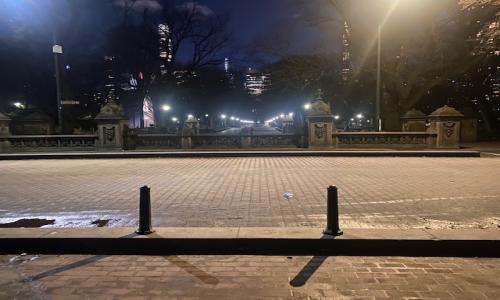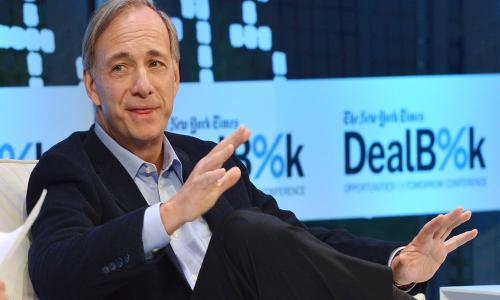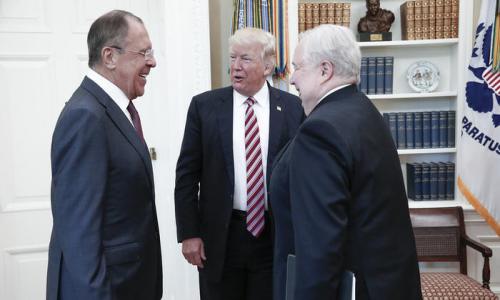The Fed has moved vigorously to try to reign in inflation in 2022 and 2023. After 15 years of low interest rates that have fueled dramatic US economic growth, Chairman Powell and the Fed have acted aggressively to move the Fed funds target to its current 5.25 to 5.50 range. There is probably one more quarter-point hike in store for 2023 and the Fed is guiding towards maintaining rates at this level for some time in order to drive inflation down to the Fed's current 2% target. To reinforce this point, Cleveland Fed President Loretta Meister, a Fed voting member, told Steve Liesman in Jackson Hole two weeks ago that she does not foresee any cuts to the Fed funds rate in 2024.
There are at least two reasons why I think we, in fact, will see lower rates - perhaps much lower rates - before the end of 2024, well before any sort of 2% inflation target is met.
The first reason is that we have an election on November 5, 2024. With everything on the table in this election - including the continuance of our democracy - the Fed is going to want to say that it is out of the political game.
However, it is unclear what staying out of the political game means. Chairman Powell and his associates at the Fed have already proven that they are subject to the influence and jawboning of politicians. For no reason other than Donald Trump's political objectives, Powell gave in and the Fed lowered the Fed funds rate on July 31, 2019, in spite of his stated objective otherwise.
With more than a year to go before the election, Biden's team has already made clear that an election talking point is that they have brought inflation down from much higher numbers to 3%. As inflation's current level becomes a greater and greater talking point, the Fed will come under greater pressure from pro-democracy forces to abandon the 2% target and begin to lower rates in 2024, especially if the economy and markets should experience any complications from higher rates.
Even the Republicans - or those few who understand basic economics - are concerned by the effect of higher rates on the US debt. Nikki Haley spoke about how Trump had brought debt to unsustainable levels in the first primary debate. And with higher rates complicating US debt service, Republican political figures very possibly may begin to exert pressure on the Fed to lower rates before or just after the 2024 election.
The second reason why the Fed may lower rates in 2024 is that we may not be done with the banking crisis that we experienced earlier in 2023 with the failures of Silicon Valley Bank and Republic Bank. The Wall Street Journal sounded the alarm about another shoe that is still to drop when they pointed out that the major regional banks have tremendous commercial real estate exposure which may have yet to be marked down to the post-COVID occupancy-level realities.
In the absence of another shoe to drop, the banking system does appear to have been stabilized largely when the Fed and the Treasury acted expeditiously to put in place programs that backstopped banks from the impact of higher rates in response to the bank failures in early 2023. Yet, the fact remains that banks make money lending at the long end and borrowing at the short end of the yield curve. The longer the curve remains dramatically inverted (as it is now), the more difficult it is for banks to issue new loans and fund the economy. Since the banking industry is not going to lobby for higher long-term rates, expect it to begin to lobby the Fed in 2024 to begin to cut short-term rates by lowering the Fed funds rate sooner rather than later.
So, I wouldn't be surprised if the Fed abandons its 2% inflation target, begins to declare victory for having brought inflation to 3%, and starts lowering rates in 2024.
Savings rates are more exciting than they have been in decades. But, so too are CDs, and buying one-year or two-year CDs with some of your cash reduces the risk of a Fed reversal in 2024.
(Longer term, I personally believe that the impact of climate change will be highly inflationary and that we are entering a new normal with higher interest rates so I would strongly admonish anyone to think twice about locking into longer term US Treasuries here, even though a 10-year at 4.25% or a 30-year at 4.55% may seem very attractive.)














Add your Comment
use your Google account
or use your BestCashCow account